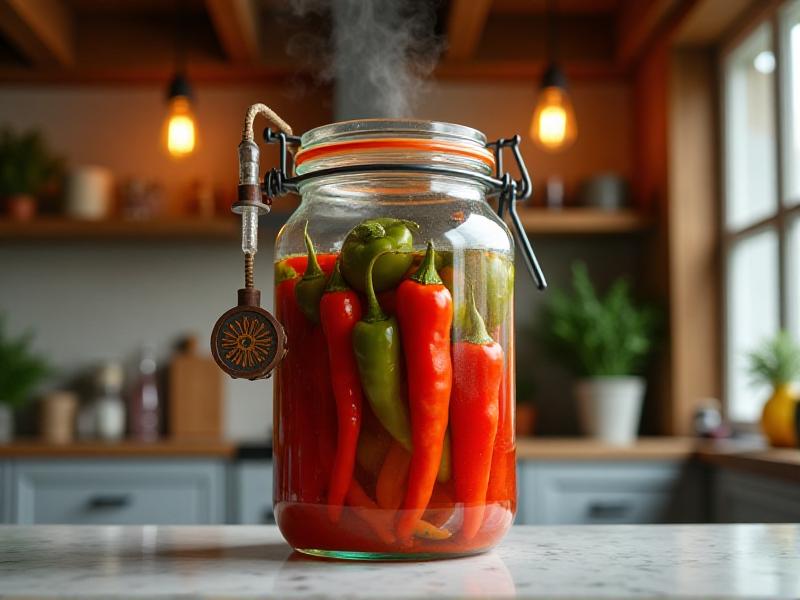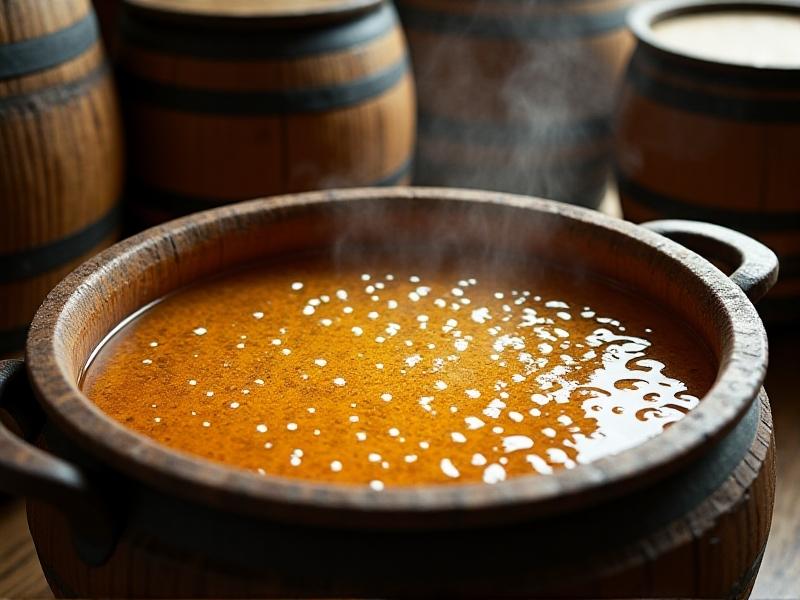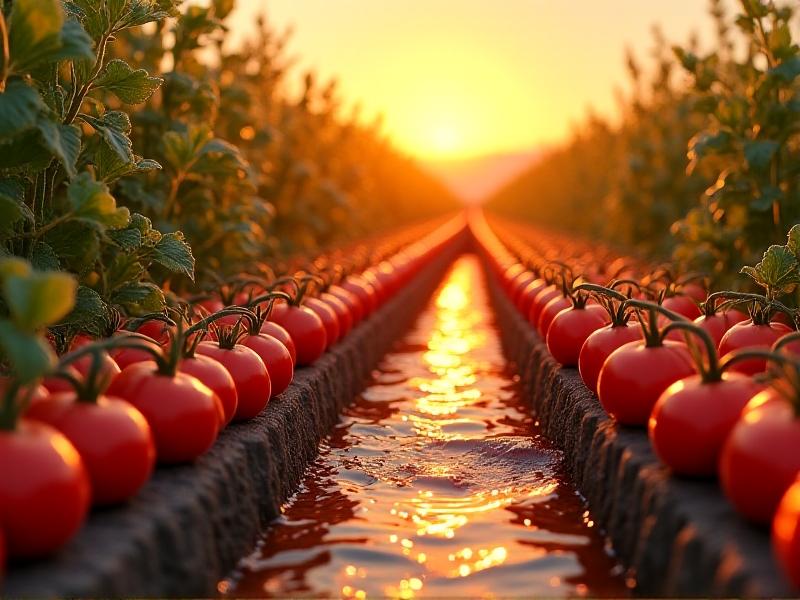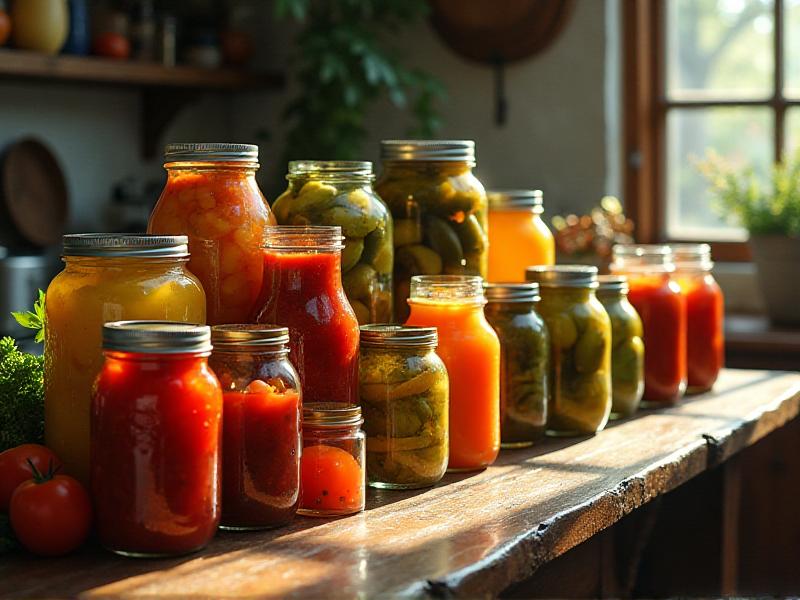Crowdsourced Pepper Variety Selection
The Rise of Crowdsourced Pepper Variety Selection
In recent years, the agricultural world has witnessed a fascinating trend: the rise of crowdsourced pepper variety selection. This innovative approach leverages the collective knowledge and preferences of growers, chefs, and consumers to identify the most desirable pepper varieties. By involving a diverse group of stakeholders, this method ensures that the selected varieties meet a wide range of criteria, from flavor and aroma to disease resistance and yield. The process typically begins with the distribution of seeds to participants, who then grow the peppers and provide feedback on their experiences. This feedback is then analyzed to determine which varieties are the most promising. The result is a more democratic and inclusive approach to crop development, one that has the potential to revolutionize the way we think about agriculture.

The Science Behind Pepper Variety Selection
Pepper variety selection is a complex process that involves a deep understanding of plant genetics, agronomy, and consumer preferences. Scientists and breeders work tirelessly to develop new varieties that offer improved traits, such as higher yields, better disease resistance, and enhanced flavor profiles. The process often begins with the identification of desirable traits in existing varieties, which are then crossbred to create new hybrids. These hybrids are rigorously tested in various environments to ensure they perform well under different conditions. The goal is to create varieties that not only meet the needs of growers but also appeal to consumers. Crowdsourcing adds an additional layer of insight by providing real-world feedback on how these varieties perform in different settings, allowing breeders to fine-tune their selections based on actual user experiences.
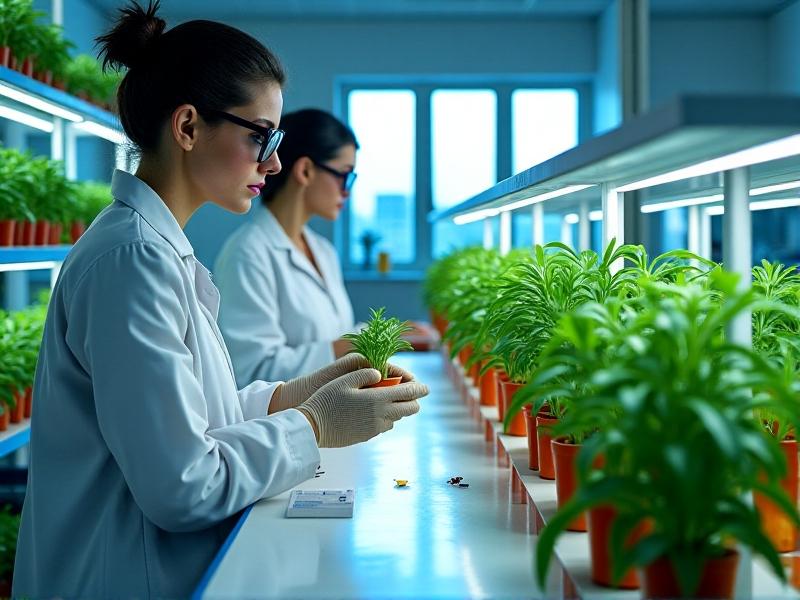
The Role of Growers in Crowdsourced Selection
Growers play a crucial role in the crowdsourced pepper variety selection process. As the ones who cultivate the plants, they provide valuable insights into how different varieties perform in real-world conditions. This includes information on growth habits, pest and disease resistance, and overall yield. Growers also offer feedback on the ease of cultivation, which is an important consideration for both commercial and home gardeners. By participating in crowdsourced selection, growers have the opportunity to influence the development of new varieties that are better suited to their specific needs and growing conditions. This collaborative approach not only benefits the growers themselves but also contributes to the overall improvement of pepper varieties available on the market.
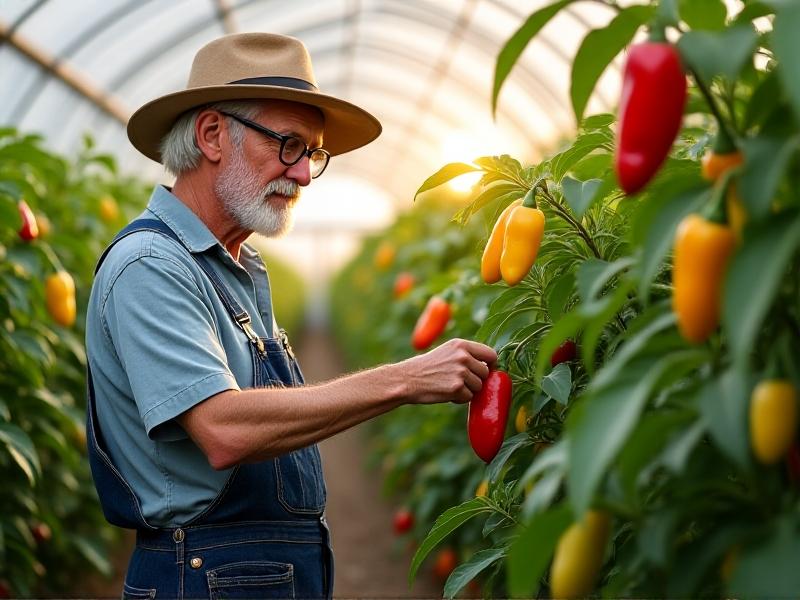
Chefs and the Quest for Flavor
Chefs are another key group in the crowdsourced pepper variety selection process. Their expertise in flavor and culinary applications makes them uniquely qualified to evaluate the taste, aroma, and texture of different pepper varieties. Chefs often look for peppers that offer a unique flavor profile, one that can elevate a dish and provide a memorable dining experience. They also consider factors such as heat level, sweetness, and versatility in the kitchen. By participating in crowdsourced selection, chefs can help identify varieties that meet these criteria, ensuring that the peppers they use in their kitchens are of the highest quality. This collaboration between chefs and breeders has the potential to lead to the development of new varieties that are not only delicious but also versatile and easy to work with.
Consumer Preferences and Market Trends
Consumer preferences play a significant role in the crowdsourced pepper variety selection process. After all, it is the consumers who ultimately decide which varieties succeed in the marketplace. Preferences can vary widely, from the level of heat to the color and size of the peppers. Some consumers may prefer milder varieties for everyday cooking, while others may seek out the hottest peppers for a fiery culinary experience. Crowdsourcing allows breeders to gather direct feedback from consumers, helping them understand what people are looking for in a pepper. This information can then be used to develop varieties that align with current market trends and consumer demands. By involving consumers in the selection process, breeders can ensure that the peppers they develop are not only high-quality but also highly desirable.
The Environmental Impact of Crowdsourced Selection
One of the often-overlooked benefits of crowdsourced pepper variety selection is its potential positive impact on the environment. By involving a diverse group of participants, breeders can identify varieties that are well-suited to different growing conditions, reducing the need for chemical inputs such as pesticides and fertilizers. Additionally, crowdsourcing can help identify varieties that are more resilient to climate change, ensuring that they can thrive in a variety of environments. This can lead to more sustainable farming practices, as growers are able to cultivate peppers that require fewer resources and are better adapted to their local conditions. In this way, crowdsourced selection not only benefits growers and consumers but also contributes to the broader goal of environmental sustainability.
Challenges and Limitations of Crowdsourcing
While crowdsourced pepper variety selection offers many benefits, it is not without its challenges. One of the main limitations is the potential for bias in the feedback received. Participants may have different levels of expertise and varying preferences, which can lead to inconsistent or conflicting data. Additionally, the process of collecting and analyzing feedback can be time-consuming and resource-intensive. Breeders must also ensure that the varieties they develop are commercially viable, which can be difficult when relying on crowdsourced data. Despite these challenges, the potential benefits of crowdsourcing make it a valuable tool in the development of new pepper varieties. By addressing these limitations and refining the process, breeders can continue to harness the power of crowdsourcing to create better peppers for everyone.
The Future of Crowdsourced Agriculture
The success of crowdsourced pepper variety selection has sparked interest in applying this approach to other crops and agricultural practices. As technology continues to advance, it is likely that we will see more widespread adoption of crowdsourcing in agriculture. This could include everything from the development of new crop varieties to the optimization of farming techniques. The potential benefits are immense, from improved crop yields and quality to greater environmental sustainability. As more people become involved in the agricultural process, we can expect to see a more diverse and resilient food system emerge. The future of crowdsourced agriculture is bright, and it holds the promise of a more collaborative and innovative approach to farming.

